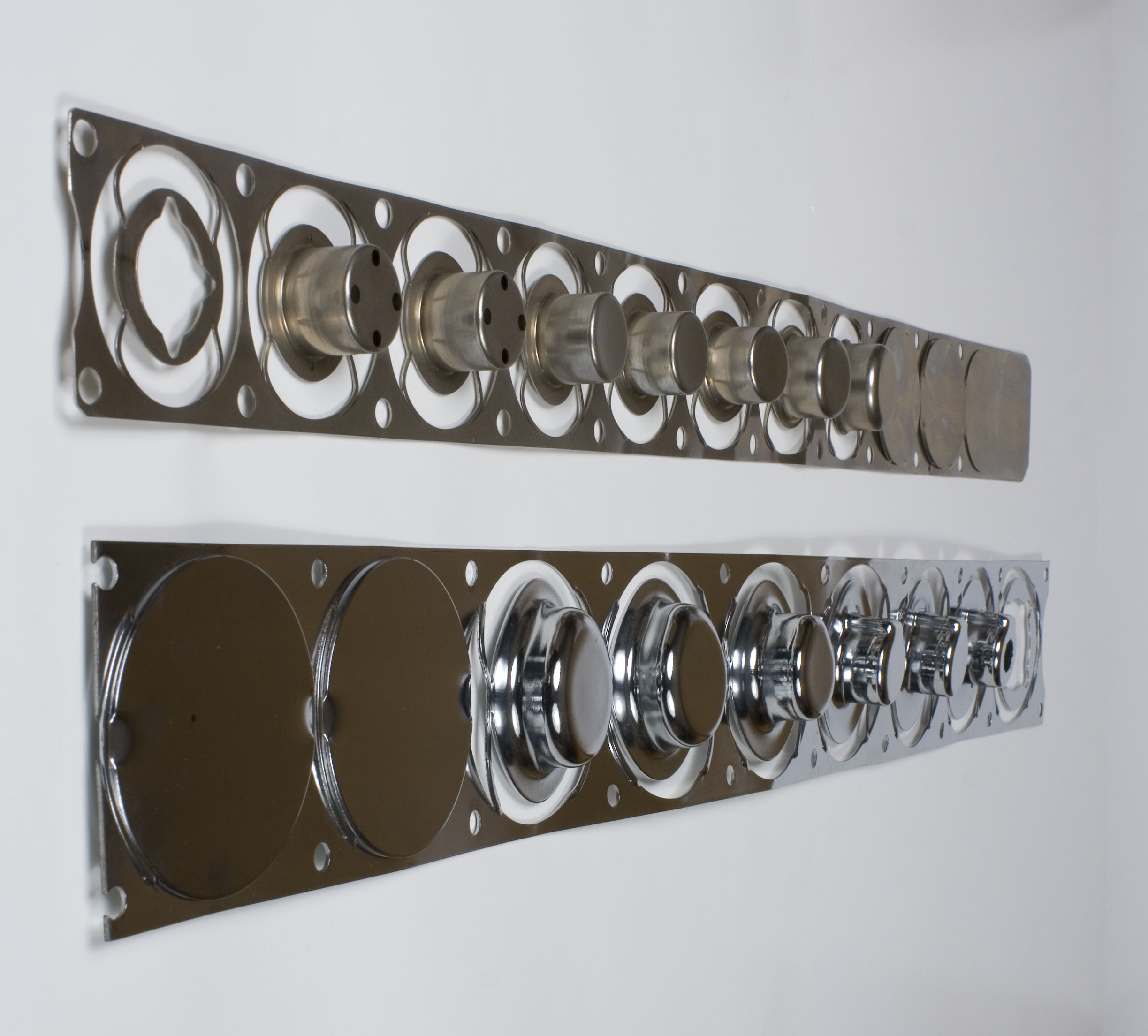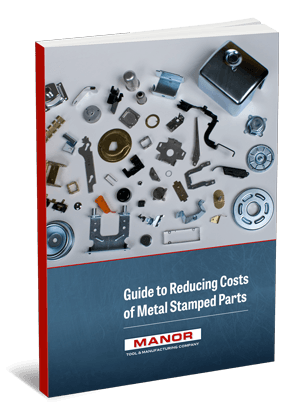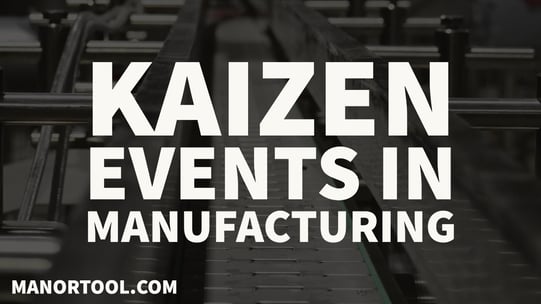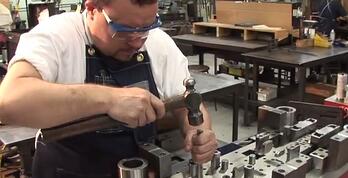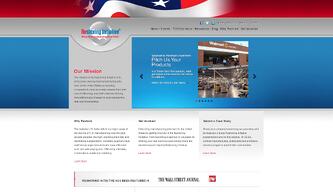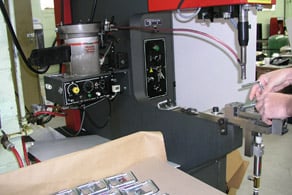Saving Money on Your Metal Stamped Parts – The Physical
In the realm of manufacturing, as with any business venture, keeping costs low is always a top priority for any project. When clients come to us with prints or parts, one of the major concerns that they have is whether or not they are getting the most cost effective outcome.
In this two-part blog series, “Saving Money on Your Metal Stamped Parts”, we’ll cover some of the major ways that money can be saved on metal stamping projects. For the first installment, we’ll cover some of the physical changes you can make to bring costs down.
Materials
The metal chosen for your stamping project plays a considerable role in the overall costs. It is possible that the material you are planning to use (or have been using) may not be the most cost-effective metal for your part.
It is important to interface with your metal stamping provider to review the potential material options (or alternatives) for the project. Each metal type offers different advantages in terms of formability, machinability, and tensile strength; your stamping provider should be able to determine the pro/cons of each type for your particular project, and present the most economical option.
Some metals, such as aluminum or magnesium, have a tendency to carry higher upfront costs. But they can prove to be the more cost effective option when considering the longevity of your parts. In other scenarios, the cheaper metal may be the best solution; it all depends on the project requirements.
One of the most common swaps that we see are swaps within the steel family. Manor Tool has often been able to introduce High-Strength, Low-Alloy steel into a job due to the fact that it possesses high corrosion resistance and similar material properties to spring steel, while being offered at lower cost.
When bringing your print to your metal stamping provider, make sure to note:
- Any changes in part requirements
- Any areas that are not set in stone, to allow for potential design modifications.
Tooling
Another aspect to consider when working with your metal stamping provider is the tooling requirements of your part. Small changes to your tooling can have a huge impact on both costs and production time.
Manor Tool encourages you to find a stamper that has the capability to provide a finite element analysis. A major portion of the finite element analysis is the determination of whether or not different tooling or additional tooling would make a significant impact on your overall part costs down the line.
In a realm where time is money, the Finite Element Analysis also helps you save money by reducing the timeline of your tooling design cycle. The virtual design simulations can be run in a few hours, meaning you are freed from the machine shop/manufacturing schedules that hard-copy tests are tied to.
Volume
It’s important to keep an eye on the increase of production volume. As production of your metal stamped parts increases, there may be a time where the job transitions from being a “low volume” or “short run” job to being a “high volume” production. Having a high volume production run opens up the opportunity to revisit your original prototype, and rework the design for cost saving opportinities.
It’s hugely important to find a metal stamping provider that has the capability to take a job from prototype to production, as they will inherently have the ability to help reduce your costs in-house. As an example, Manor Tool has the internal ability to build hard tooling/progressive dies. As quantities increase from the short run (low volume) process, those progressive dies can bring down the piece-part price significantly, with the investment in a nominal hard tooling cost.
Be sure to check back soon for the second installment of “Saving Money on Your Metal Stamped Parts”. The next blog will focus on some of “The Mental” adjustments you can make to save money on your parts.
Learn More
In the meantime, please feel free to download our full resource on your money saving options:




